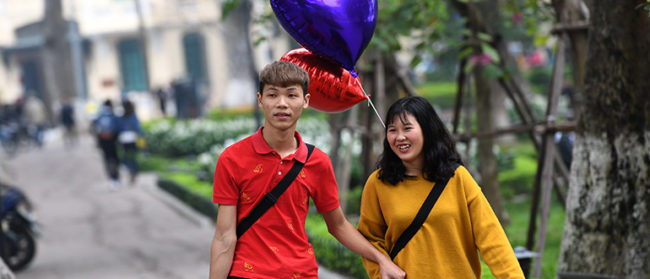“Every night girls line up to mate with me, but I rarely see the same girls twice […] and I know they’ll go on to other guys night after night after night. What are they looking for, and why can’t I satisfy them?”
So begins a chapter of evolutionary biologist and award-winning journalist Olivia Judson’s seminal 2018 best-seller, Dr. Tatiana’s Sex Advice to All Creation. Written in the mould of an advice column for animals, it lays bare love in the natural world, including the sad case of the emasculated stalk-eyed fly above. Inspired by her book Southeast Asia Globe decided to come up with our own list of what we can learn from the bawdy, bizarre and downright baffling sex lives of Southeast Asia’s animals.
Down to clown
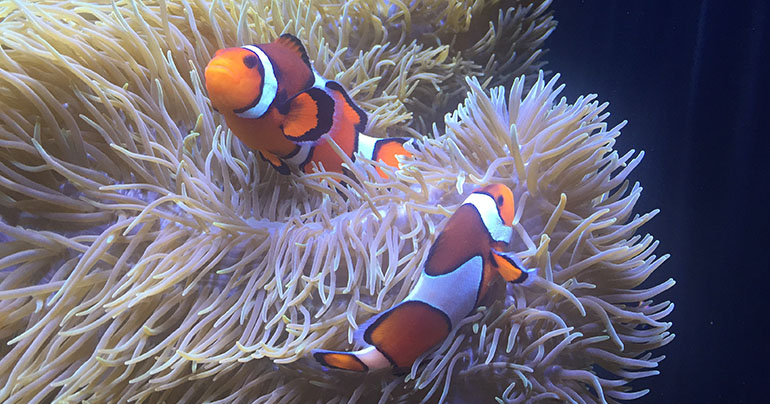
All clownfish – the species of the beloved childhood cartoon character Nemo – start life as male and, when the time is right, become irreversibly female. That makes sex with this heterosexual fish a little complicated…and paedophilic.
Clownfish have a strict pecking order when it comes to sex, with an alpha female at the top. She will mate and reproduce with only one male, who will, if our lengthy calculations are correct, be a juvenile as clownfish only become females in maturity.
When the alpha female dies, the biggest and most dominant male becomes female and assumes her place at the top which, if we’re being honest, would be a great follow-up to Finding Nemo.
Oral fixation
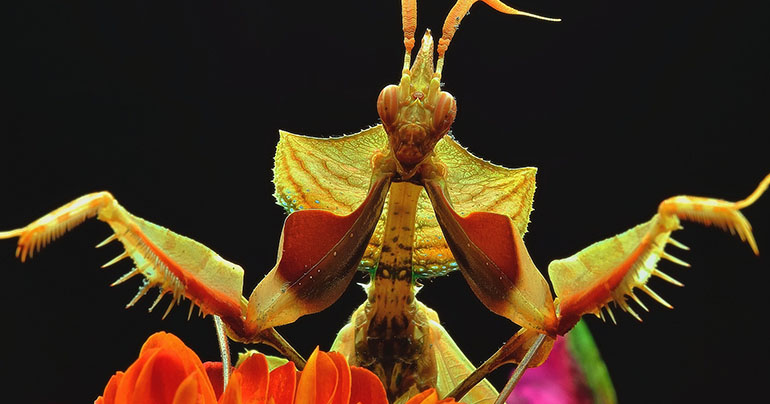
Praying mantis – known the world over as a badass martial arts technique or as a large, carnal cannibalistic insect. Either way, it’s taking somebody down.
Of over 2,000 species of praying mantis, the females of 80 have been caught in the act of eating their lovers before, after or even during sex. For some species, their male partners actually make up the bulk of the females’ diet throughout mating season, which makes a dry spell start to look rather appealing.
But before we start throwing “man-eater” shade, we have to note that mantises have a different biology than humans. When male praying mantises are eaten, their genetic material is passed along to their progeny, stored in the form of amino acids in the subsequent eggs. And, in providing a snack to females, males guarantee a greater number of offspring because females lay twice the numbers of eggs after cannibalising her mate than they normally would.
Getting cheeky
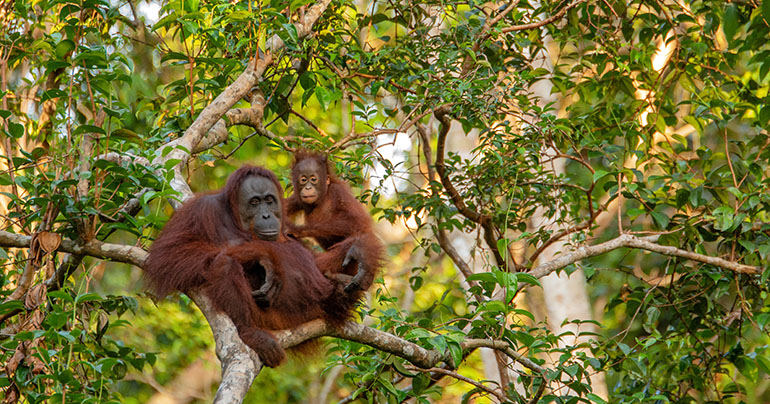
Orangutans, Southeast Asia’s only great apes, are more on par with humans development-wise and don’t reach sexual maturity until they are roughly 15 years old. That’s when a few lucky males start to get – and we mean this in the most literal way possible – cheeky.
When males reach their brooding maturity years, some develop distinctive cheek pads or “flanges”. These fortunate few are mostly solitary, spending time alone high up in the tree canopy and sending out long, lingering calls to attract mature females. It works; every female within his terrirory sleeps with him.
The males who never grow flanges have to choose a more desperate route – roaming the forest, hoping to run into females with whom he can have “forced copulation”. Some will take up residence in a social group, becoming close companions with females, forming “consortships” that can last days, weeks or months after mating.
Shake a tail feather
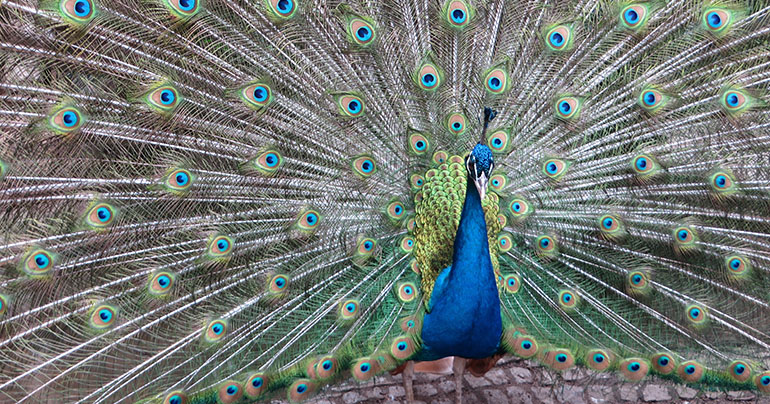
Few can rival the courtship display of the peacock, or male peafowl. His iridescent blue-green plumage is beautiful even when not on display – but his true time to shine comes at peacock congregations known as “parties.”
Here males spread their spectacular tails in fan formation, which makes up 60% of the bird’s total body length. When prospective peahens draw closer for a better look, males begin dancing and shaking their tail feathers to hold her attention. Though you’d think the iconic “eye” at the tip of the tail would seem the most beguiling, recent studies tracked the eye movements of peahens and found that she is actually more of a leg bird, spending more time gazing at the lowest part of the fans and legs. So for all the extravagance of his plumage, peahens may after all choose their love based on their strutting and singing abilities. Head on down to your local karaoke joint and give it a go
Baby daddies
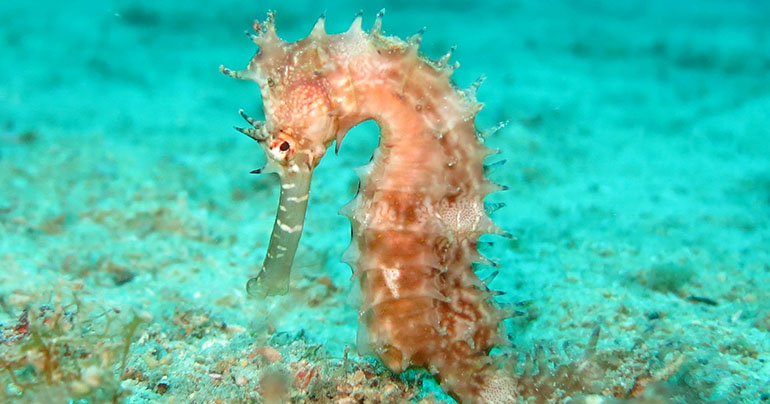
Seahorses make fairytale romances come true. During days-long courtship, male and female come together every day to perform a predawn dance of intricate movements: holding tails, swimming side by side, circling in unison and even changing colour to reinforce bonding and synchronise movements and reproductive states.
Then, in a reversal of typical sexual mating behaviour, the male falls pregnant after the female uses her penis-like ovipositor to deposit up to 1,500 eggs into his “brood pouch” during mating. He carries the offspring for 9 to 45 days, after which seahorses emerge tiny but fully formed. Relieved of his paternal duties, the male is free to breed again within days or – if he’s feeling frisky – hours of giving birth.
While the chase might make male seahorses the romeos of the sea, the rationale for male pregnancy is actually a kind of insurance policy against infidelity: among all the prospective paternity cases thrown up by the animal kingdom, at least the gentle seahorse can be sure that he’s the fathe

